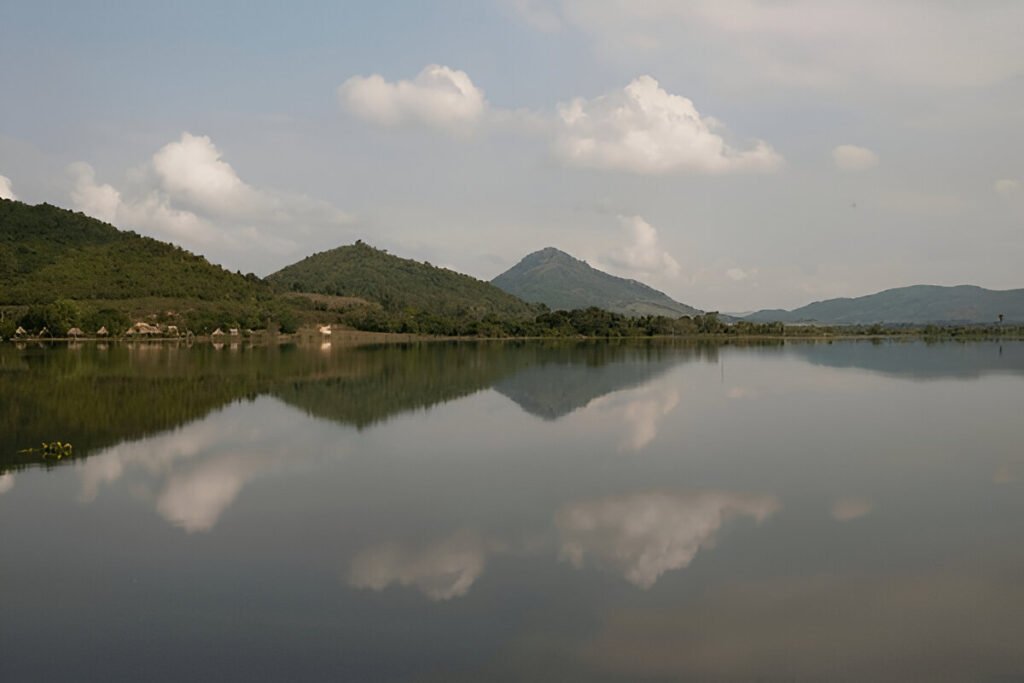Introduction:
Venture to the edge of Japan and witness the day being born right before your eyes. Welcome to Cape Nosappu, Japan’s easternmost point, a must-see destination for intrepid travellers and nature enthusiasts alike. Nestled in Hokkaido Prefecture, this remote spot is recognized for its unmatched beauty and the awe-inspiring experience of watching the first sunrise in the country. Its historical and cultural significance, coupled with its breathtaking natural setting, makes Cape Nosappu a unique slice of Japan that shouldn’t be missed.
Discover the Unparalleled Beauty of Cape Nosappu
Cape Nosappu is a world unto itself, where the vast expanse of the Pacific Ocean meets the rugged charm of Japan’s coastline. From the rugged cliffs to the panoramic views of the ocean, the natural beauty of Cape Nosappu is nothing short of extraordinary. It’s a place where raw nature and tranquility coexist, making it a perfect escape from the hustle and bustle of city life.
The cape is also home to the Nosappu Lighthouse; standing tall and proud, it has been guiding sailors since the late 19th century and is one of the oldest lighthouses in Hokkaido. Another unique feature of Cape Nosappu is the Four Northern Islands monument; a poignant reminder of the historical dispute between Russia and Japan over certain islands. The monument is a testament to Cape Nosappu’s historical significance and adds another layer to its intriguing charm.
Awakening with the Sun at Japan’s Easternmost Point
There’s something magical about watching a new day dawn, especially when you’re the first in the whole country to witness it. The Cape Nosappu sunrise is a spectacle of nature that’s worth waking up early for. As the sun slowly peeps over the horizon, it paints the sky in hues of orange and pink, casting a soft glow over the ocean.
The beauty of the sunrise is further amplified by the serene surroundings. As the first light of day brings the landscape to life, one can’t help but feel a deep connection with nature. It’s a humbling experience that reminds us of the magnificence of the world we live in.
Description of the Attraction:
Cape Nosappu is a place of seemingly endless natural beauty that’s steeped in history. Apart from the breathtaking views and the iconic lighthouse, the cape also boasts of a museum dedicated to the history of the region and the ongoing territorial dispute. For those interested in local culture, there are several Ainu artefacts on display, giving visitors a glimpse into the indigenous culture of Hokkaido.
Things to Do:
Aside from watching the sunrise, Cape Nosappu offers numerous activities for visitors. Exploring the lighthouse, visiting the museum, and taking a leisurely walk along the peaceful coastline are just a few of the things you can do here. For birdwatchers and wildlife enthusiasts, the cape is home to a diverse range of birds and marine life.
Local Tips:
The best time to visit Cape Nosappu is during the summer months when the weather is pleasant. Dressing warmly is advisable as it can get quite chilly, especially in the early morning or late evening. Visitors are also advised to bring binoculars for a better view of the sunrise and wildlife.
How to Get There:
Getting to Cape Nosappu is relatively easy. From the city of Nemuro, it’s just a short bus or car ride away. The journey from Nemuro to the cape takes approximately 40 minutes by car.
Nearby Attractions:
If you’re planning a visit to Cape Nosappu, consider including the nearby city of Nemuro in your itinerary. Known for its fresh seafood, especially crab, Nemuro offers a unique culinary experience. The city is also home to several bird sanctuaries and nature reserves, making it a haven for wildlife enthusiasts.
Conclusion:
Cape Nosappu is more than just a geographical landmark; it’s a place that offers a unique blend of natural beauty, history, and culture. So, seize the opportunity to be among the first to welcome the new day at Japan’s easternmost point. Let the experience of watching the stunning sunrise at Cape Nosappu be an unforgettable memory etched in your heart.






